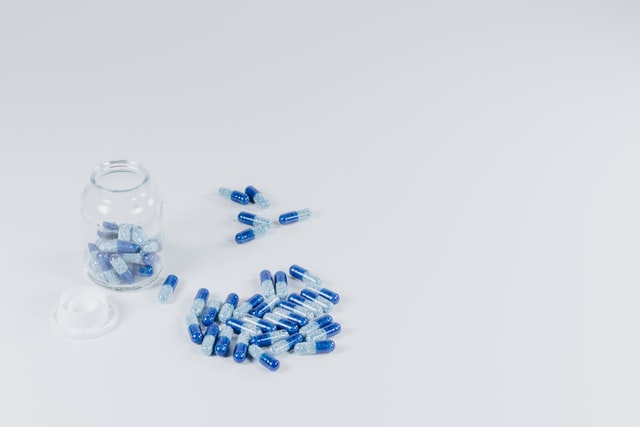The prostate is a small walnut-shaped gland wrapped around the urethra, located at the base of the urinary bladder.
Damage to the nerves located on either side of the prostate is one of the reasons for ED after prostate surgery.
This occurs mainly due to:
- Compression of nerves
- Nerve traction
- Cutting of tissue etc.

Recent technological advancements have helped minimise the damage to the nerves, such as robotic-assisted RP. This helps in precise movement, thereby allowing the surgeon to have an expanded view of the operating area in three dimensions.
After the surgery, you may experience ED for a few weeks, a year or even longer, depending on the extent of the damage to the muscles, nerves and blood vessels involved in gaining and retaining an erection.
However, as high as 85% of men reported regaining return of viable erectile function within two years after the surgery.
That said, do keep in mind that other factors can also cause erectile dysfunction during the time of recovery. If the complications during the surgical procedure is higher, it might take a longer time for recovery.
Studies done by the Prostate Cancer Foundation have revealed that half of the men who undergo prostate surgery improve their erectile deficiency within the first year.
Some of the other factors that affect sexual health are:
- Age factor (60 years old as mark off value)
- Sexual performance prior to surgery
- cardiovascular disease
- diabetes
- smoking
- obesity
- excessive alcohol consumption
- sedentary lifestyle
- mental health
Following a healthy lifestyle will help regain erectile function quickly and helps to improve the overall health.
The article is a part of our series on “What is Erectile Dysfunction: A Complete Guide”
Treatment of ED after prostate surgery
Here are some of the important treatment options for men who have difficulty gaining an erection after prostate surgery.
Medications

1. Phosphodiesterase Type 5 Inhibitors
Certain drugs like sildenafil, tadalafil and vardenafil can help to improve the function of the penis by increasing blood flow to the region.
These medications help to reduce the breakdown of cyclic guanosine monophosphate, which causes the relaxation of blood vessels in the penis, leading to more blood flow resulting in a firm erection.
These drugs should be used regularly every night or as prescribed by your physician. Most of these drugs have reported about 75% effectiveness on men who have nerve-sparing procedures.
2. Penile injections

These are injections that are directly injected into the corpora cavernosa of the penis by using small needles.
One of the common drugs that are used in injection is Alprostadil, which causes the 3′,5′-cyclic adenosine monophosphate (signalling peptide)within the erectile tissue to increase.
For people who do not like injecting directly into the penis, intraurethral insertion is done.
Vacuum erection devices
These are cylindrical devices to create negative pressure around the penis, which results in the venous blood being pulled into the corpus cavernosum resulting in an erection. The erection can be retained by placing a band around the base of the penis.
Penile prosthetic implants
These are prostheses with a balloon located inside that can be inflated by a tiny pump in the scrotum. Studies have shown that this treatment is excellent and can work well in patients for over ten years.
Shock wave therapy
This method helps to stimulate the growth of tiny blood vessels in the penis. By inducing micro trauma to the penile tissue using a low-intensity shock wave, factors favourable to a new generation of the blood vessel is produced. With improved blood circulation, people with erectile dysfunction stand a higher chance of regaining firmer erection.
Cavernous nerve interposition grafting
Studies have shown that microsurgical end-to-side grafting of the sural nerve of the leg or the femoral nerve to the cavernous bodies could achieve effective results in patients who’ve had prostate surgery.
This surgical technique helps to restore the nerve connection to the erectile tissues and cause an erection. With the help of medication, as high as 50% of patients following prostate surgery gains satisfactory erection for normal sexual activity.
References
John P Mulhal(July 2005)Cavernous Nerve Stimulation and Interposition Grafting: A Critical Assessment and Future Perspectives,Available at https://www.ncbi.nlm.nih.gov/pmc/articles/PMC1477600/[Accessed 3 June 2021]
Ilan Gruenwald,Boaz Appel,Noam D. Kitrey and Yoram Vardi(5 April 2013)Shockwave treatment of erectile dysfunction,Available at https://www.ncbi.nlm.nih.gov/pmc/articles/PMC3607492/[Accessed 3 June 2021]


